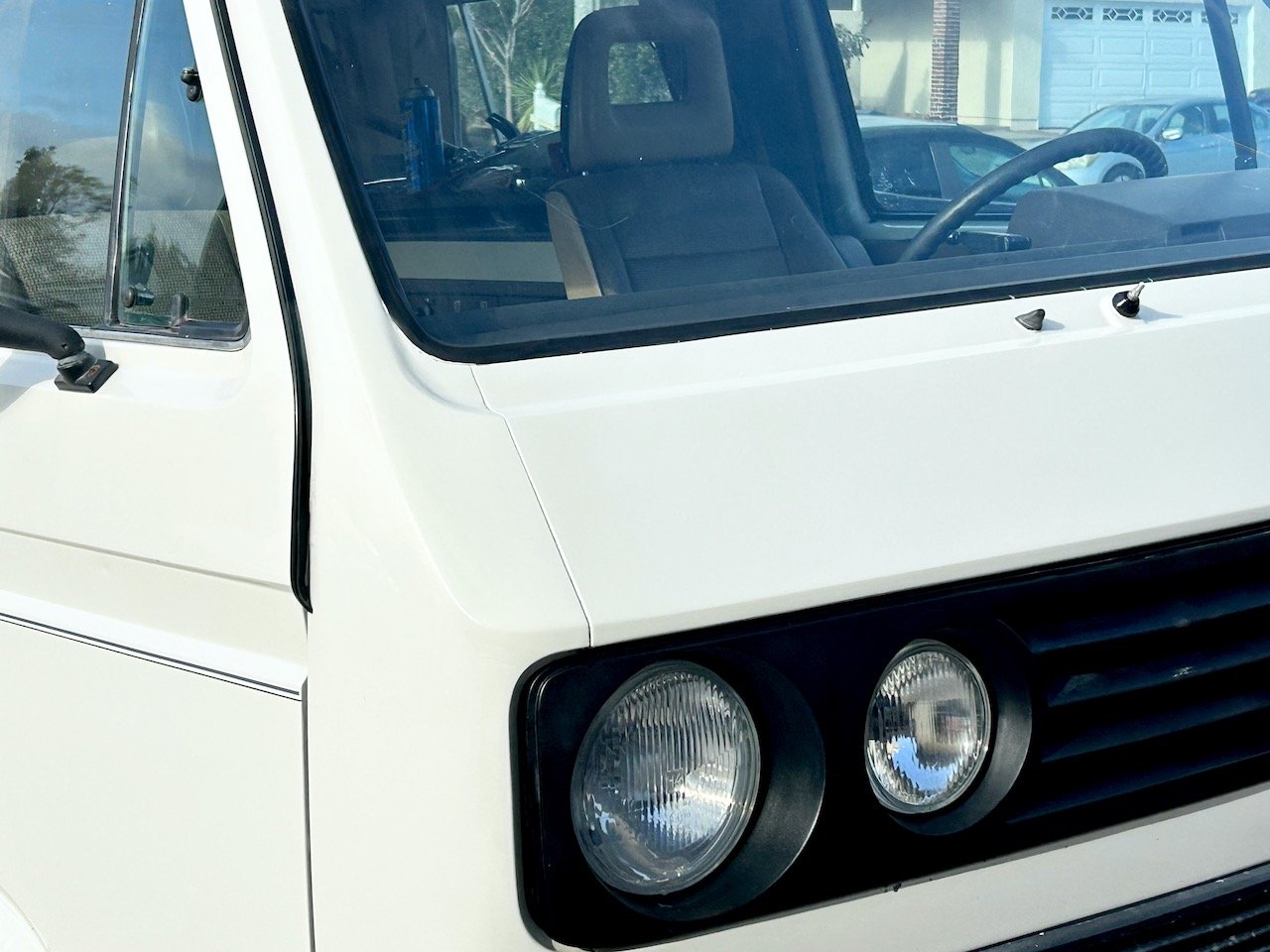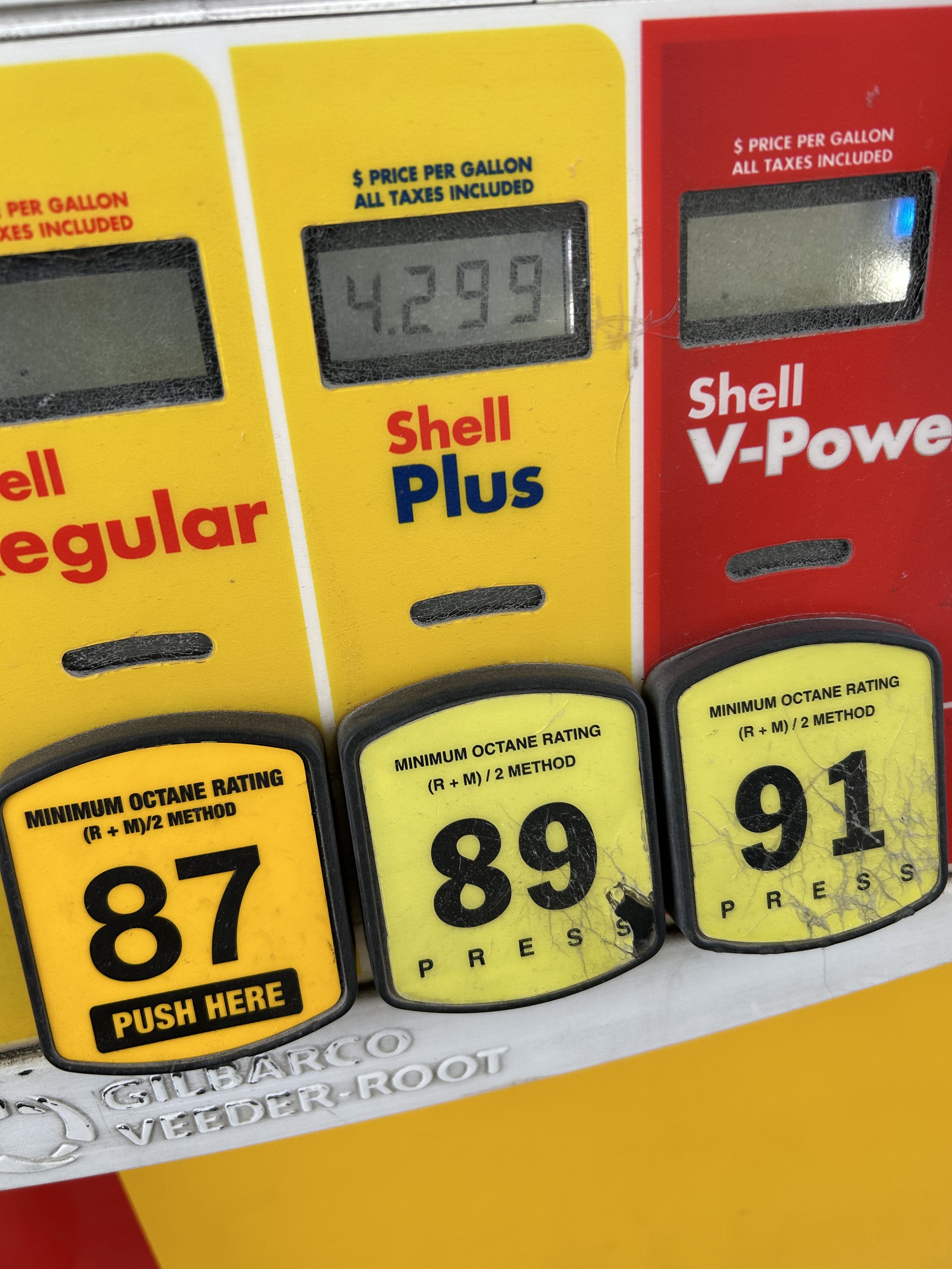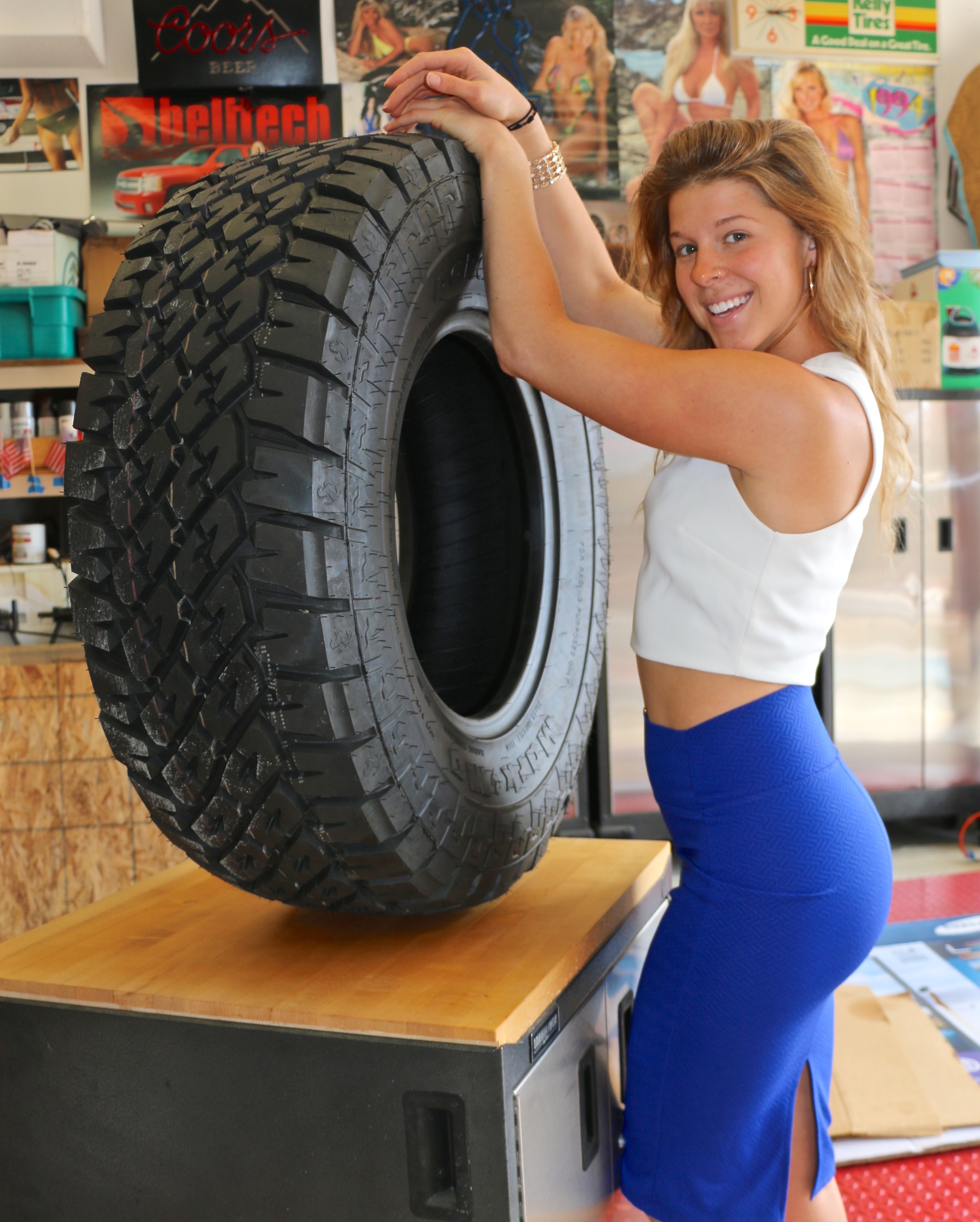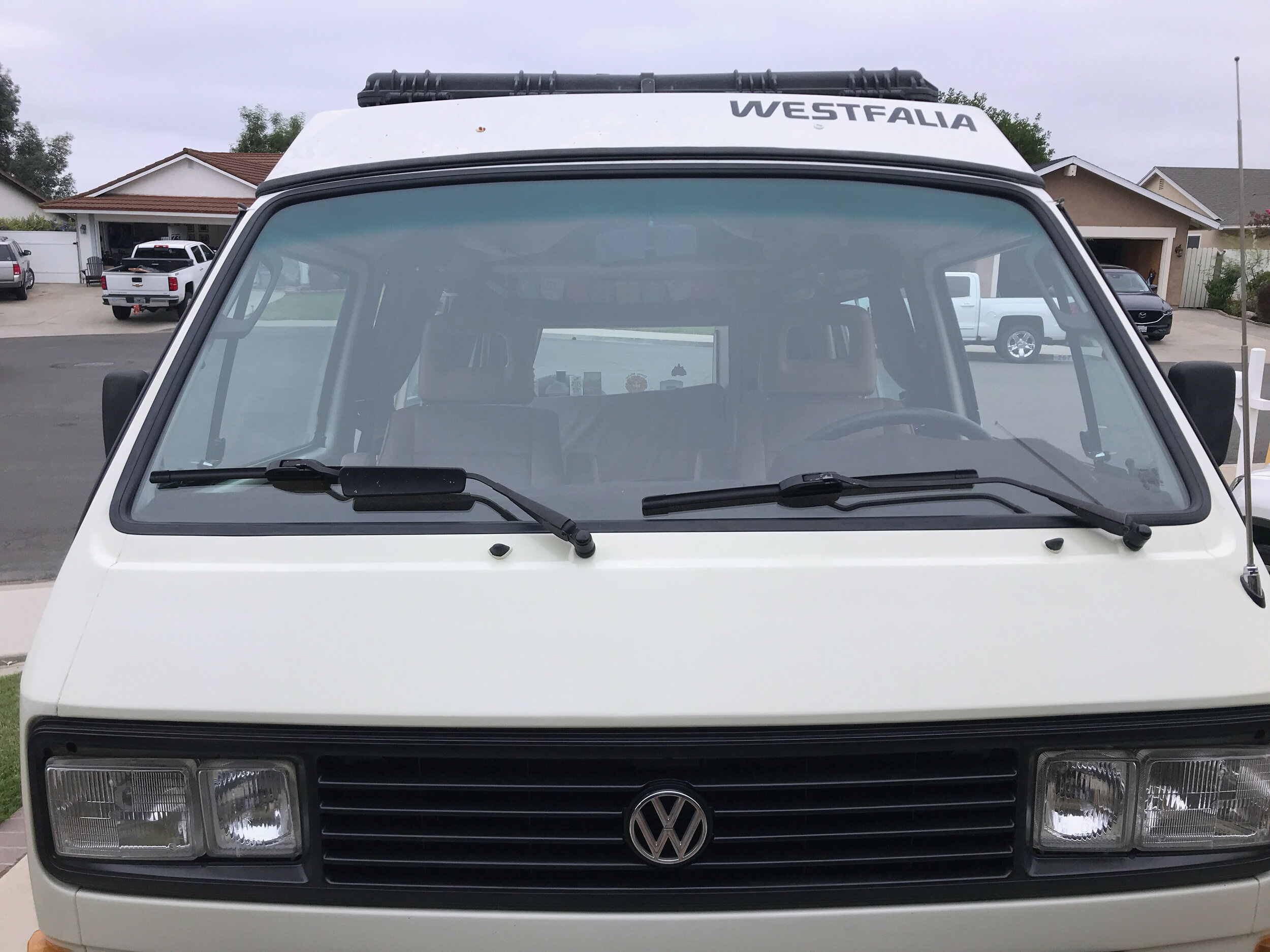Color Matching Your Paint
It all comes down the hand-mixing the base color
Hand matching touch up colors is an art, not a science.
Most experienced paint and body geeks know this, but vintage automotive paint is one of the most difficult things to match correctly, especially when you are trying to match small areas of your vehicle’s body. I’ve gone round and round about color matching for so long I almost believed that there is no way to actually match a color.
I have been trying to match the paint color on an area of the ‘86 Vanagon I drive. It needed touch-up work. It’s been a long ordeal, but I think I came up with the correct answer for those that own older vehicles.
These aerosol cans were hand matched by Martin Auto Color. They are perfect for small touch-up paint jobs.
You can get a nearly perfect match if you know where to look. I finished repainting an area and the match is nearly perfect. Almost as good as repainting the entire vehicle.
If you Google “color match” AI will come up with various ways to match a vehicle’s paint color, and most of its suggestions are incorrect, again if your vehicle is older, and the paint has been exposed to the elements.
According to AI, people should use the color code from the manufacturer that’s typically on a sticker/etched inside the driver’s door jam or glove box. That works if you are trying to repaint a newer vehicle that hasn’t been exposed to the sun’s bleaching effects for long. But what about a vehicle that’s been in the weather for years, maybe decades?
Knowing the manufacturer’s color code only gets you close on older vehicles, but never an exact match, again unless it is new.
I’ve purchased rattle cans online using this method for my 30 year of van and the product that arrived never matches the color. You also have to know if you are trying to match a two or one-stage paint color. There is a big difference.
A two-stage paint means you’re spraying a base coat of color, followed by a coat of clear (what makes it shiny and protects it from the elements). Hence, the name two-stage. A one-stage paint color is when the “clear coat” is mixed in the color coat and sprayed. Typically a two-stage paint will hold up better in the long term.
Now that you know the basics, how does someone get a match to the color of the vehicle’s body like my classic van? Easy. Don’t rely on a color-matching app. They only compare the sample of paint against a catalog of colors and spits out the closest possible match.
Holding paint cards (swatches with different paint colors) against the area you are trying to match won’t yield good results either on older vehicles. This method might be useful for new vehicles, but not old ones.
Then there are spectrophotometers that some auto paint supply companies use. These devices measure the light waves that bounce off the car’s exterior, and that will narrow it down to the correct color. But that doesn’t always work. Personally, I don’t trust spectrophotometers or any other database that measures the paint’s light intensity.
Vehicle paint colors, especially those that have sat outdoors for years are going to be difficult to correctly match. But not impossible.
The only real way to match a vehicle’s paint color, no matter how long it sat outside, is by taking a piece of the painted surface (like a gas filler door) to a custom auto paint shop. But you have to ensure they have a qualified person on staff who knows how to “hand match” a paint color.
The panel below the windshield was repainted with the correct color match from Martin Auto Color.
Not every auto paint supply is going to have someone on staff who does this. Martin Auto Color in Southern California is a supplier of PPG paints and they offer this service. Check around your local area and see if you have a qualified paint supplier who does offer this service. It should be free if you ask.
When I visited Martin Auto Color they recommended that I take a piece of the colored sheet metal to their shop and one of their experts would correctly hand match the color.
My vehicle was Pastel White from the automaker. It was easier than matching a custom color. A good hand match will be able to get you the correct color by adding or subtracting whites and blacks like in my case.
If you have a custom color they are going to use the primary colors as a starting point and go from there until they find a match. By adding a particular color the expert will be able to match it.
This is how most professional mobile auto paint refinishers handle it in the field. They start with a base color and go from there.
In other words not all whites are pure white, and not all reds are pure red. There’s going to be some mixing of color involved.
If you don’t have an airless and rely on rattle cans, a qualified shop should be able to provide you with the correct color in aerosol cans for either one- or two-stage situations.
Having your color injected into aerosol cans is expensive, but it’s worth it unless you know how to handle an airless sprayer.
Color matching is an art more than science. It really comes down to trusting the eyes of a color-matching expert, rather than relying on a paint code, chip, or paint color meter.
































